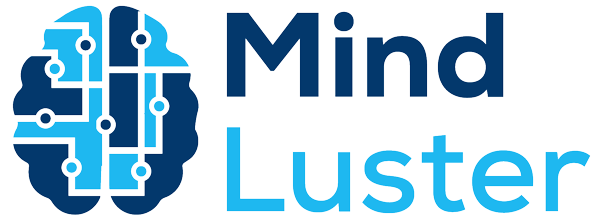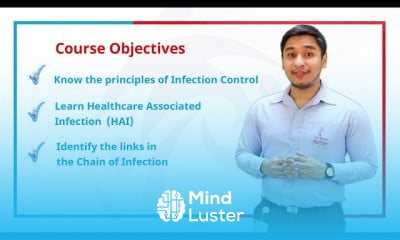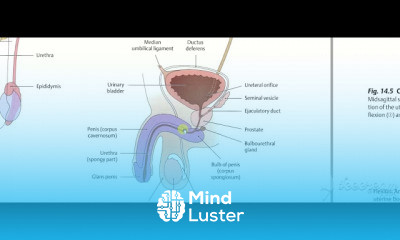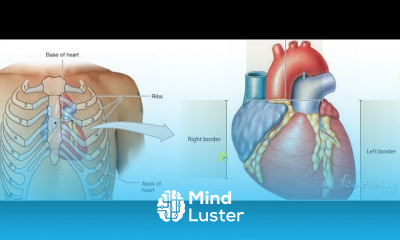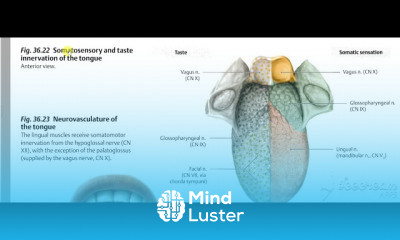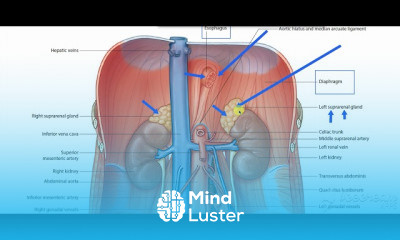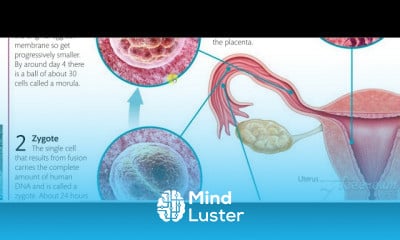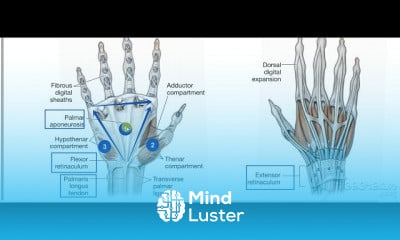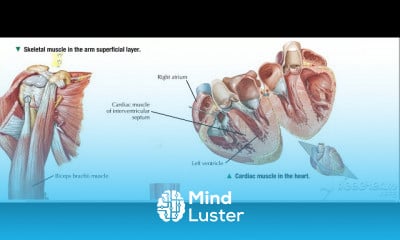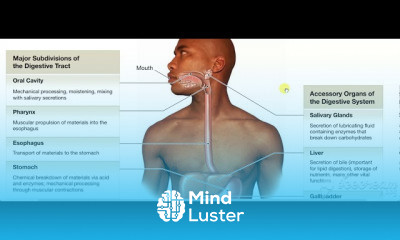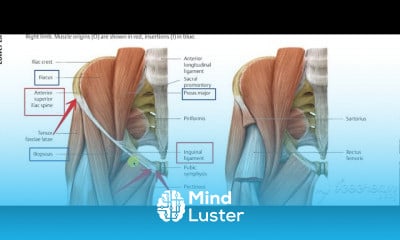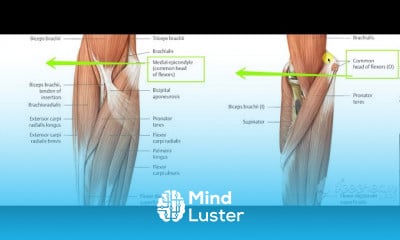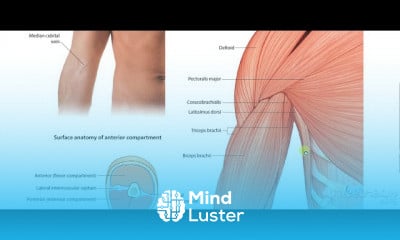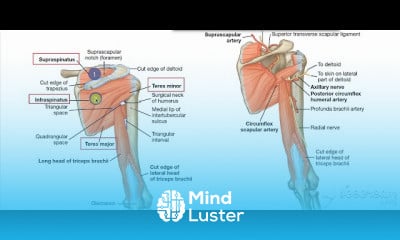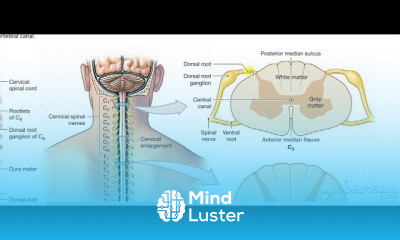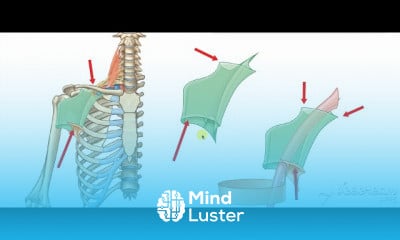Origin Insertion 2
Share your inquiries now with community members
Click Here
Sign up Now
Lessons List | 22
Lesson
Comments
Related Courses in Medical
Course Description
The muscular system is an organ system consisting of skeletal, smooth and cardiac muscles. It permits movement of the body, maintains posture and circulates blood throughout the body.The muscular systems in vertebrates are controlled through the nervous system although some muscles (such as the cardiac muscle) can be completely autonomous. Together with the skeletal system in the human, it forms the musculoskeletal system, which is responsible for movement of the body.
There are three distinct types of muscles: skeletal muscles, cardiac or heart muscles, and smooth (non-striated) muscles. Muscles provide strength, balance, posture, movement and heat for the body to keep warm.
There are about 690 muscles in the human body. A kind of elastic tissue makes up each muscle, which consists of thousands, or tens of thousands, of small muscle fibers. Each fiber comprises many tiny strands called fibrils. Impulses from nerve cells control the contraction of each muscle fiber.
This process consumes large amounts of adenosine triphosphate (ATP), the energy source of the cell. ATP binds to the cross-bridges between myosin heads and actin filaments. The release of energy powers the swiveling of the myosin head. When ATP is used, it becomes adenosine diphosphate (ADP), and since muscles store little ATP, they must continuously replace the discharged ADP with ATP. Muscle tissue also contains a stored supply of a fast-acting recharge chemical, creatine phosphate, which when necessary can assist with the rapid regeneration of ADP into ATP.
Calcium ions are required for each cycle of the sarcomere. Calcium is released from the sarcoplasmic reticulum into the sarcomere when a muscle is stimulated to contract. This calcium uncovers the actin-binding sites. When the muscle no longer needs to contract, the calcium ions are pumped from the sarcomere and back into storage in the sarcoplasmic reticulum.
Trends
Graphic design tools for beginners
Human Resources Management
Artificial intelligence essentials
Web Design for Beginners
French
Best zoology books
Figma for UX UI design
CMOS Logic Circuit Basics
Learning English Speaking
Bioinformatics basics
Build a profitable trading
Advanced Logo design methods
YouTube channel setup
Python for beginners
Photoshop Color Swatch essentials
Excel skills for math and science
Essential english phrasal verbs
Build a tic tac Toe app in Xcode
Financial Accounting
Cyber Security for Beginners | Edureka
Recent
Bioinformatics basics
Bioinformatics databases
Vitamin A to Z tablets
Best zoology books
Best cream for piles pain
Laser surgery for piles
Best cream for piles
Anal fissure treatment
Best antibiotics for diseases
Antibodies structure
Macrophage structure
Drosophila genetics
Diagnostic tests
Bioinformatics
Genetics
Gene therapy
Kidney structure
DNA replication and types
Bacterial cell structure
Parasite structure
